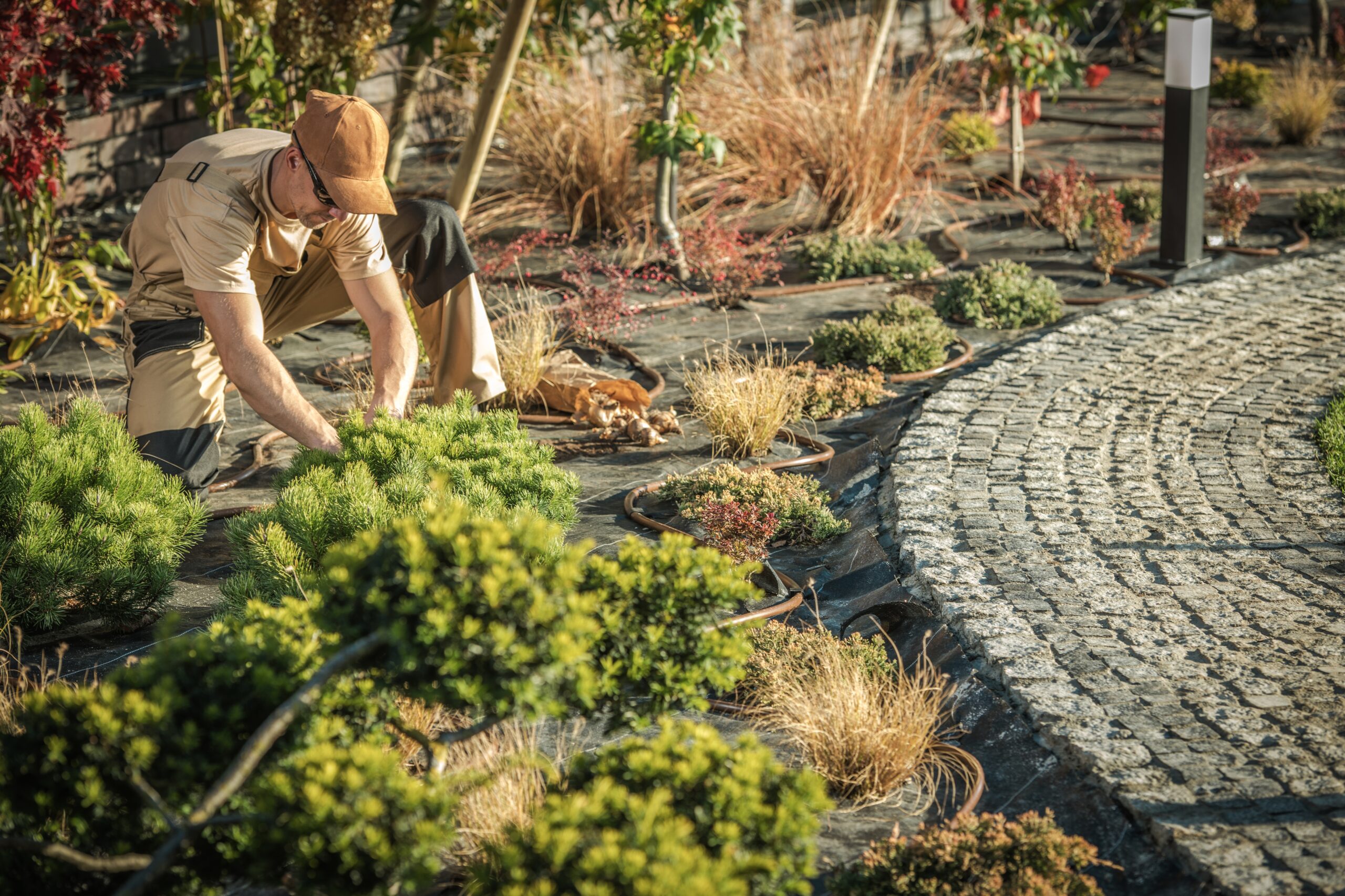
Cambridge, a city renowned for its prestigious university and rich history, also boasts a unique and evolving landscape. From its early beginnings to modern-day designs, the history of landscaping in Cambridge reflects the cultural, social, and environmental changes that have shaped the city. This blog will take you on a journey through time, exploring how landscaping in Cambridge has evolved, the influences that have driven these changes, and the legacy left behind in the city’s green spaces.
Early Beginnings: The Roots of Cambridge Landscaping
Landscaping in Cambridge dates back to medieval times when the city’s layout was defined by its natural surroundings and agricultural needs. Early gardens were practical, serving as spaces for growing food, herbs, and medicinal plants. These gardens were often enclosed by walls or hedges, providing protection from the elements and a sense of privacy.
The earliest landscapes in Cambridge were modest, designed with utility in mind rather than aesthetics. The rivers, meadows, and open fields that characterized the area were integral to the city’s layout. The River Cam, in particular, played a significant role in shaping the early landscape, influencing the placement of roads, buildings, and gardens.
The Influence of Cambridge University: Formal Gardens and Collegiate Landscaping
The establishment of Cambridge University in the 13th century marked a turning point in the city’s landscaping history. The university’s colleges began to develop formal gardens that reflected the scholarly pursuits and status of their institutions. These gardens were inspired by classical design principles, emphasizing symmetry, order, and beauty.
One of the most iconic examples of early collegiate landscaping in Cambridge is the Fellows’ Garden at Trinity College, established in the 16th century. This garden featured manicured lawns, geometric flower beds, and carefully pruned hedges, all arranged in a formal layout that symbolized the intellectual rigor of the university. These gardens were not only places of reflection and study but also spaces for social gatherings and leisure.
The influence of the Renaissance further shaped Cambridge’s landscapes during this period. The revival of classical art and architecture brought new design elements to the city’s gardens, including ornate fountains, statues, and elaborate planting schemes. These features became hallmarks of the prestigious colleges that sought to demonstrate their wealth and cultural sophistication.
The Georgian and Victorian Eras: Landscaping as a Status Symbol
The Georgian and Victorian eras brought significant changes to Cambridge’s landscapes. During the Georgian period (1714-1830), the city saw the rise of landscaped estates and country houses, where gardens became a symbol of wealth and social status. The designs of Capability Brown and Humphry Repton, two of the most influential landscape architects of the time, had a profound impact on the city’s landscape.
Large estates surrounding Cambridge, such as Wimpole Hall, exemplified the Georgian style, characterized by sweeping lawns, serpentine lakes, and carefully placed clumps of trees. These landscapes were designed to appear natural, yet they were meticulously planned to create a picturesque setting that highlighted the owner’s taste and refinement.
The Victorian era (1837-1901) continued this trend but introduced a more eclectic and ornamental approach to landscaping. The Victorian love for horticulture led to the proliferation of flower gardens, rockeries, and exotic plant collections. Cambridge’s Botanic Garden, established in 1846, became a center for botanical research and an exemplar of Victorian landscape design. The garden’s diverse plant collections, glasshouses, and formal layouts reflected the era’s fascination with nature and science.
Public parks also emerged during the Victorian period, driven by the growing urban population and the need for recreational spaces. Parker’s Piece, one of Cambridge’s most famous open spaces, was transformed into a public park with tree-lined avenues, ornamental flower beds, and spaces for sports and leisure activities. These parks became vital components of the city’s landscape, providing green spaces for all residents to enjoy.
The 20th Century: Modernism and the Return to Simplicity
The 20th century brought a shift in landscaping philosophy, moving away from the ornate designs of the Victorian era towards simplicity and functionality. Modernism influenced the design of landscapes in Cambridge, emphasizing clean lines, minimalism, and the integration of indoor and outdoor spaces.
The University of Cambridge continued to play a key role in shaping the city’s landscape. New colleges, such as Churchill College, founded in 1960, embraced modernist principles in their architecture and landscaping. The college’s grounds featured open lawns, abstract sculptures, and minimalist planting schemes that reflected the era’s focus on innovation and progress.
In the latter half of the 20th century, there was a growing awareness of environmental issues and sustainability, which began to influence landscaping practices. The concept of ecological landscaping emerged, promoting the use of native plants, wildlife habitats, and sustainable design techniques. This approach aimed to create landscapes that were not only beautiful but also resilient and environmentally friendly.
The 21st Century: Sustainable Landscaping and the Future of Cambridge’s Green Spaces
As we move into the 21st century, the focus on sustainability and environmental stewardship has become a central theme in Cambridge’s landscaping. The city is now embracing green infrastructure, urban gardening, and sustainable practices to address the challenges of climate change and urbanization.
Conclusion
The history of landscaping in Cambridge is a story of transformation, reflecting the changing values, tastes, and needs of its residents over the centuries. From the practical gardens of medieval times to the sustainable landscapes of today, Cambridge’s green spaces have evolved to meet the demands of each era while preserving the city’s unique character. As we look to the future, the commitment to innovation, sustainability, and beauty will continue to shape the landscapes of Cambridge, ensuring that this historic city remains a vibrant and green place to live, work, and study.